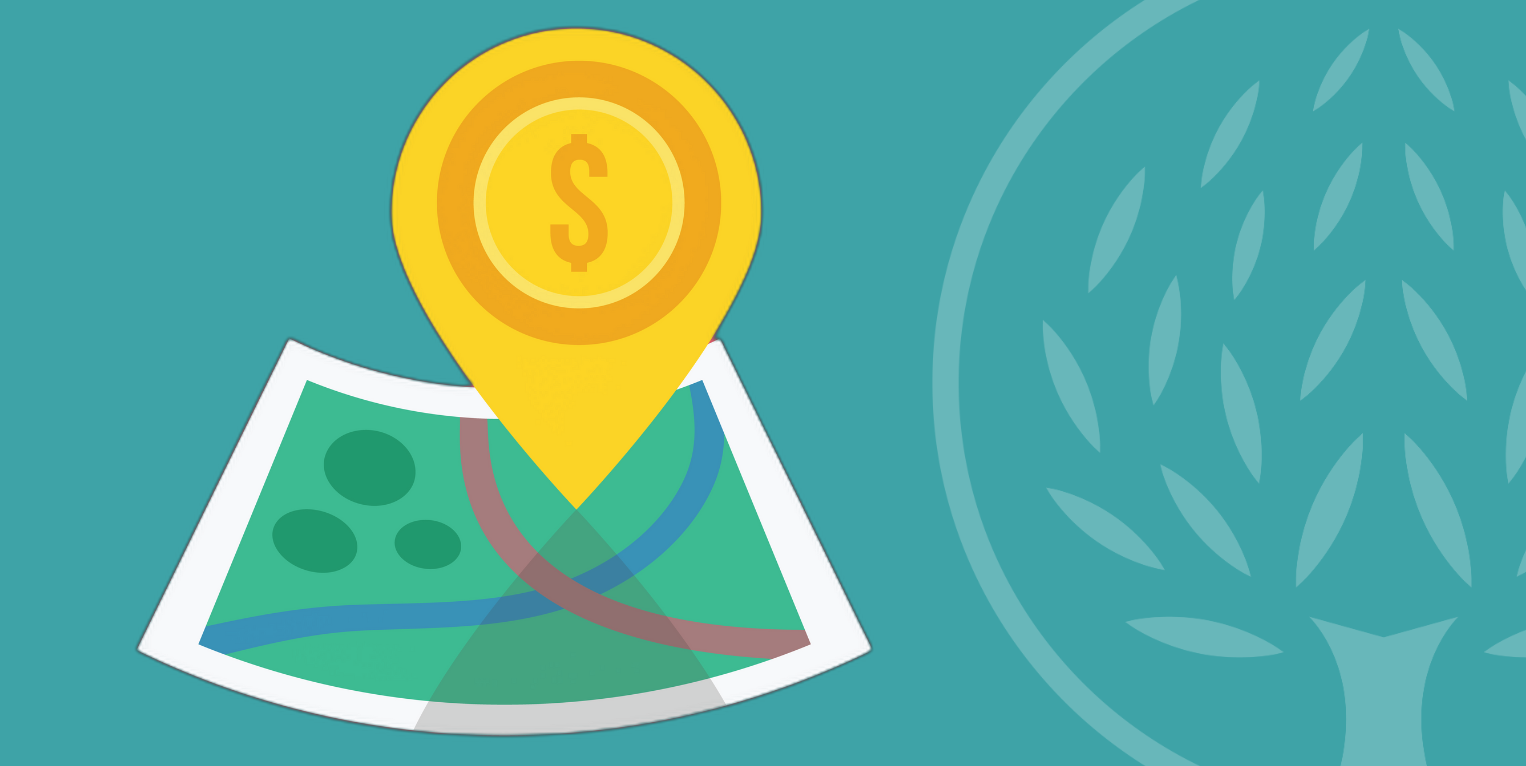驾驭围绕慈善捐赠不断变化的税收规则从来都不是一件容易的事,而现在则更加棘手。2025 年 7 月 4 日签署成为法律的《一个美丽的大法案》(OBBBA)中的重大变化带来了复杂性、机会,对某些人来说,也带来了紧迫性。OBBBA 法案重塑了您可以扣除的慈善捐款金额,以及谁可以从这些扣除中获益。
无论您是作为专业顾问与客户合作,还是计划自己的年终捐赠,这些规则都值得了解。在社区基金会,当慈善捐赠问题出现时,我们经常会充当您的传声筒。我们有可以提供帮助的工具,如果我们不能直接提供帮助,我们也会为您指出正确的方向。
以下是 2025 年即将结束时需要注意的三个关键变化:
- 考虑在 2025 年 “集中 “慈善捐款
《奥巴马法案》在 2025 年将单身申报人的标准扣除额扩大到 15,750 美元,已婚夫妇的标准扣除额扩大到 31,500 美元,65 岁及以上纳税人的标准扣除额甚至更高。这将使许多家庭更难进行分项扣除。一种被称为 “捆绑 “慈善捐款的策略可以有所帮助。例如,捐赠者可以在 2025 年向捐赠者建议基金捐赠 36,000 美元(三年的捐赠额),而不是每年捐赠 12,000 美元。这样就可以将总扣除额提高到足以在一年内进行分项扣除,而未来的捐赠则可以从基金中分配给慈善机构,同时享受标准扣除额。 - 展望 2026 年
从 2026 年开始,只有超过调整后总收入 0.5% 的慈善捐款才可扣除。这意味着,一对夫妇的 AGI 为 225,000 美元,他们每年可扣除的慈善捐款将减少 1,125 美元。此外,高收入纳税人从慈善扣除中获得的最大税收优惠将按 35% 而不是 37% 的税率计算。对于许多家庭来说,2025 年将是关键的一年,在这些更严格的规定生效之前,应考虑利用分批策略加速慈善捐赠,以最大限度地利用当前的税收策略。 - 关注非逐项扣除者的新扣除额
同样从 2026 年开始,享受标准扣除额的纳税人将可以申请最高 1000 美元(单身申报者)或 2000 美元(已婚联合申报者)的直接慈善扣除额。这对大约 1 亿没有逐项扣除的美国人来说是个好消息。但需要注意的是:这项扣除只适用于直接捐赠给慈善机构的现金,不包括捐赠股票或向捐赠者建议基金捐款,而这些都是既节税又方便的慈善捐赠工具。
2025 年将成为慈善捐赠决策的关键一年。整个社区的非营利组织都急需捐赠者的支持,除了税收方面的影响外,慈善事业还能满足当地的关键需求,这一点超越了任何减免。无论您是在为客户提供建议,还是在计划自己的捐赠,现在都是时候考虑如何最大限度地提高慈善捐赠的税收优惠和社区影响力了。
Pragya Murphy 在纽约中部社区基金会担任发展与影响力投资总监,负责为个人、家庭和公司制定慈善规划,并向当地专业顾问社区和非营利组织提供外联服务。Pragya 还支持社区基金会的影响力投资计划,并为有兴趣了解或申请影响力投资的非营利组织提供服务。









